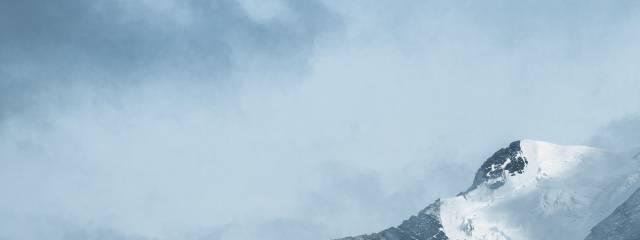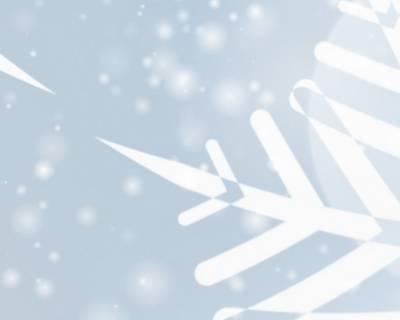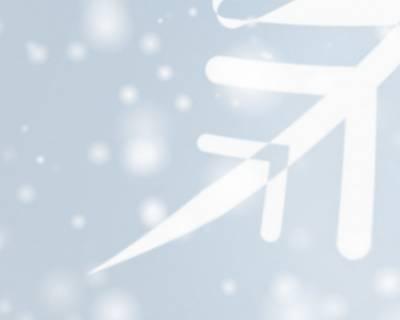| acupoint | Zhongwan |
|---|
| alias | Zhongguan、Weiwan、Weiguan、Taicang、Shangji |
|---|
Stomach alarm point, Fu meeting. crossing point: meeting of hand taiyang, Shaoyang, foot yangming, conception vessel (CV).
[Origin]
Wan, or "tube", refers to the stomach and intestines. The point is located near the epigastrium, hence its name. Also known as "stomach epigastrium", it has the same meaning. The name "Taicang" means stomach governing reception Shui Gu.
.jpg)
(quote
_en.webp)
(quoted from "Meridians and Acupoints")
The midline of the upper abdomen Middle of the umbilicus is 4 inches above the distal bone (the thoracic and xiphoid junction) ) and the midpoint of the line connecting umbilicus.
- Zhenjiu Jiayi Jing: "One inch below Shangwan (CV13), between the heart, bones and navel."
- Donggong Anmo Mijue: "Four inches above the navel."
- Muscle: in the linea alba of the abdomen; deep near the stomach Youmen (KI21).
- Nerve: medial branch of the anterior cutaneous branch of the seventh and eighth intercostal nerves.
- Blood vessels: branches of superior epigastric artery and vein.
The perpendicular insertion is 1 to 1.5 inches, and should not be too deep to avoid injury to the internal organs, especially when the stomach is full or the body is thin or the liver and spleen are enlarged. Stabbing the upward needle too deep may injure the front edge of the liver. moxa cone moxibustion 3 to 7 weeks, moxa stick warm moxibustion for 15 to 20 minutes.
Harmonizes the stomach, widens the middle, and digests food.
- Classical: stomach distension disease, abdominal distension and fullness, epigastralgia, food fluid retention, hiccup, vomiting, acid regurgitation, difficulty in defecation, red and white diarrhea, infantile malnutrition with accumulation, summerheat damage, malaria, phlegm halo , phlegm-fluid retention, wheezing, jaundice, sleepiness and weakness, red leucorrhea.
- Modern: peptic ulcer, acute and chronic gastritis, gastroptosis, gastric volvulus, intestinal obstruction, gastrointestinal motility disorders, dyspepsia, acute pancreatitis, neurasthenia, insomnia, chronic infantile convulsion, esophagus cancer, urticaria measles, Hepatitis, early cirrhosis.
- stomach distension disease: Zhongwan (CV12), Zhangmen (LR13).
- diarrhea more than: Zhongwan (CV12), Tianshu (ST25), Zhongji (CV3).
- Food cannot be transformed: Zhongwan (CV12), Sanyinjiao (SP6).
- jaundice, limb weakness: Zhongwan (CV12), Zusanli (ST36).
- hematochezia: Zhongwan (CV12), Qihai (CV6), Sanli.
- Wheezing cannot work: Zhongwan (CV12), Qimen (LR14), Shanglian (LI9).
- epigastralgia: Zhongwan (CV12), Neiguan (PC6), Liangqiu (ST34).
- Acute intestinal obstruction: Zhongwan (CV12), Tianshu (ST25), Neiguan (PC6), Qihai (CV6) .
- chronic infantile convulsion: Zhongwan (CV12), Guanyuan (CV4), Zusanli (ST36), Zhangmen (LR13) , Yintang (EX-HN3).
Suwen-Qixue Lun: "In the last book, it refers to the epigastrium." Wang Bing notes: "It is also called Zhongwan (CV12)." Nan Jing is called "Taicang"; Maijing is "Zhongguan"; Zhenjiu Jiayi Jing is "Zhongwan (CV12)".











